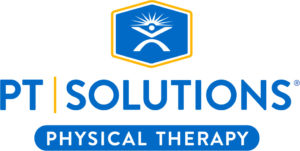Frequently Asked Questions
Are Occupational Therapists Doctors?
Many occupational therapists hold a doctoral degree, meaning they are doctors. However, they are not medical doctors with an MD.
What Does Occupational Therapy Treat?
In some cases, there is no diagnosis needed for occupational therapy to be appropriate. It may be used to address single skill-related issues or to prevent workplace problems. However, it is generally used for people with mental disabilities, injuries, or impairments. Some examples may include:
- Amputations
- Depression and anxiety
- Brain injuries, dementia, and Alzheimer’s
- Carpal tunnel syndrome
- Autism Spectrum Disorders
- ADHD
- Down’s Syndrome
- Spina Bifida
Does Insurance Cover Occupational Therapy?
Most insurance plans cover some form of occupational therapy. However, coverage can vary widely depending on your plan. Most of the time, a doctor must refer you for occupational therapy; some may also allow certain settings or services. If you are unsure about your coverage, you can contact your insurance provider or ask the PT Solutions staff for assistance in understanding your benefits.
What Is an ADL?
ADL stands for an activity of daily living. Most people carry out these daily tasks, like bathing, using the restroom, eating, and brushing their teeth. Most occupational therapy focuses on the ability to carry out ADLs.




